
Telescope: Unitron 510 5” f/16 refractor, Atlas EQ-G
Camera: Canon EOS Ra full frame DSLR
Filter: 2” Baader Fringe Killer (minus V)
Guide scope: Williams Optics 50mm Guidescope, ASI290MM, PHD
Exposure: 67x30sec, ISO 1600, saved as RAW
Darks: Internal (Long Exposure Noise Reduction)
Flats: 64x1/125s sky flats taken at dusk
Average Light Pollution: Bortle 8, fair transparency
Lensed Sky Quality Meter: 18.5 mag/arc-sec^2
Stacking: Mean with a 1-sigma clip
White Balance: Nebulosity Automatic
Software: Backyard EOS, Deepsky Stacker, Nebulosity, Photoshop
NGC 2392, Eskimo Nebula, is a wonderful little planetary nebula Gemini. Visually this nebula looks much like its nickname, even in a small telescope. Planetary nebula are formed when a star sheds its outer shell as it nears the end of its life while the core collapses into a fiercely bright white dwarf whose intense radiation sets the expanding shell of gas aglow, often with a beautiful blue/green color. The structure of NGC 2392 shows that it experienced several shedding events.
The Eskimo Nebula is currently well placed in the east during the early evening and a fairly easy target for small telescopes.
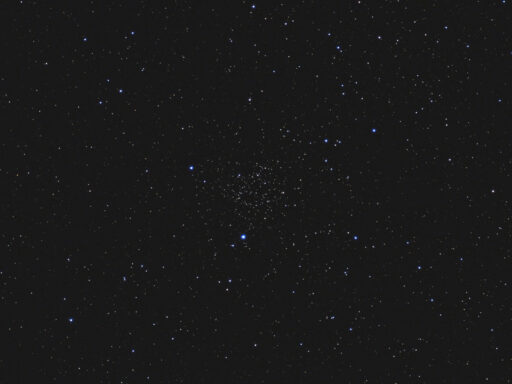
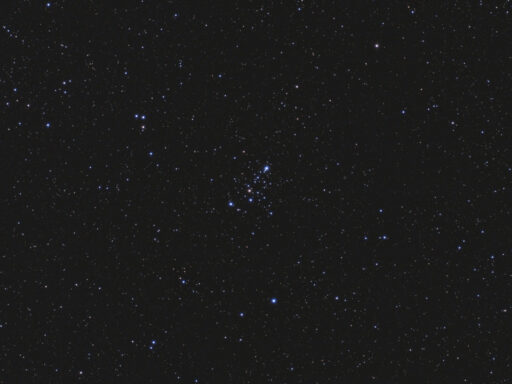

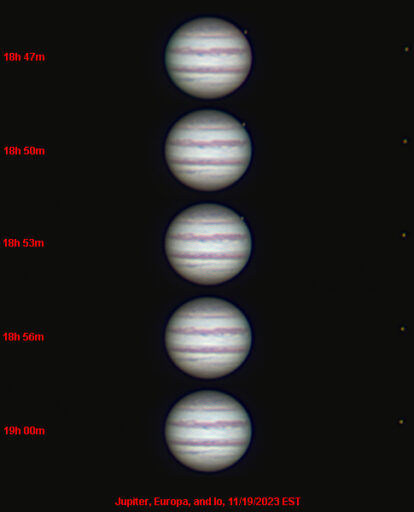
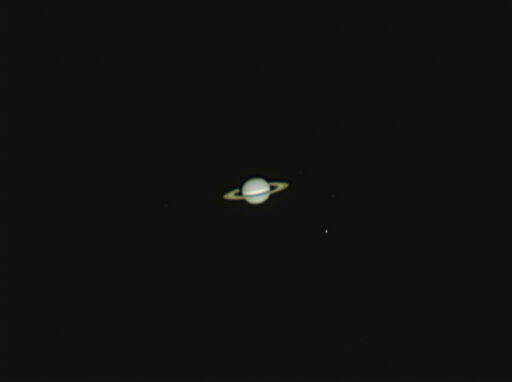

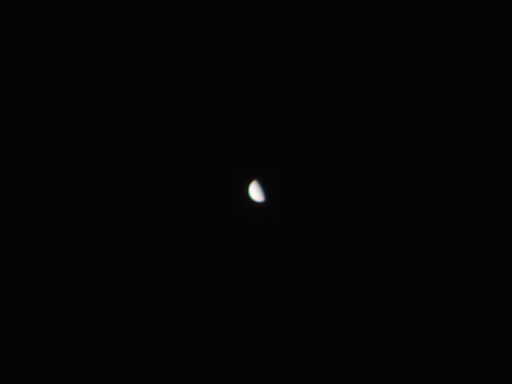
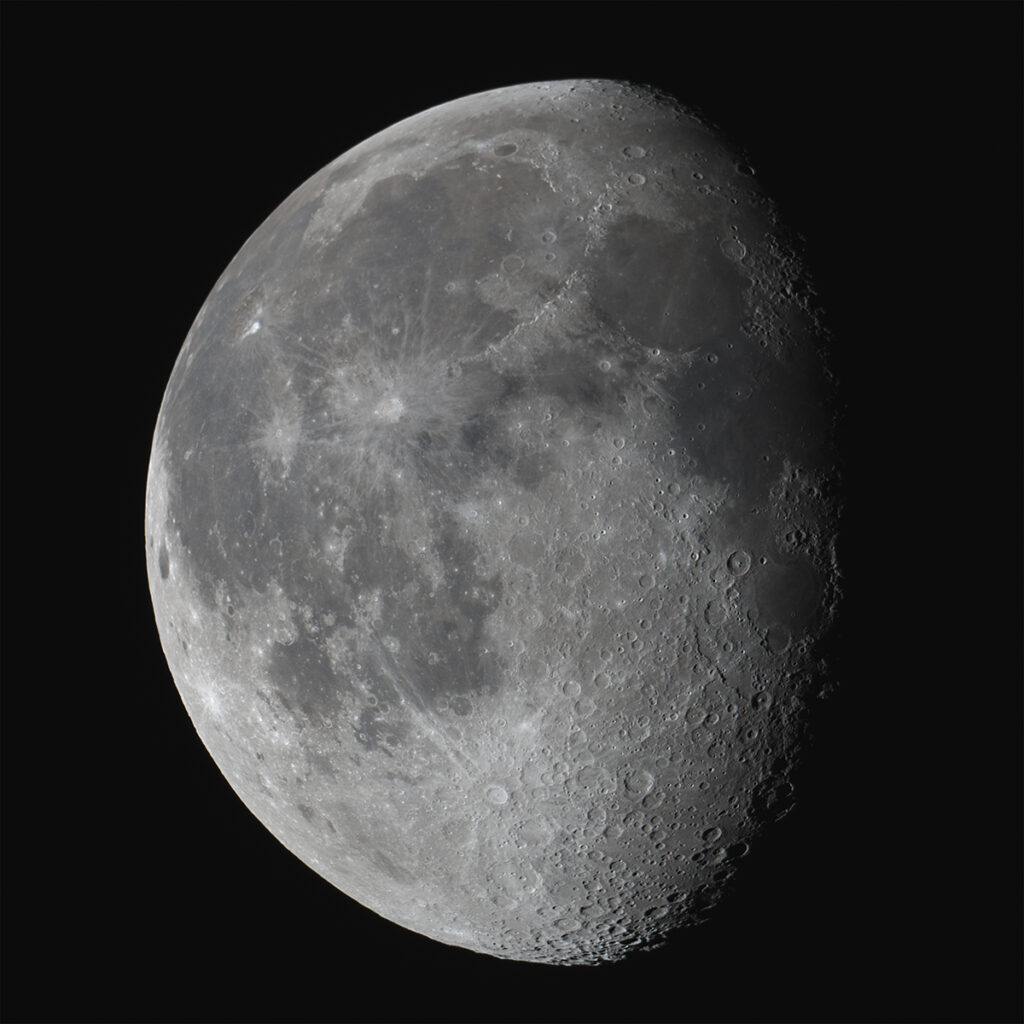
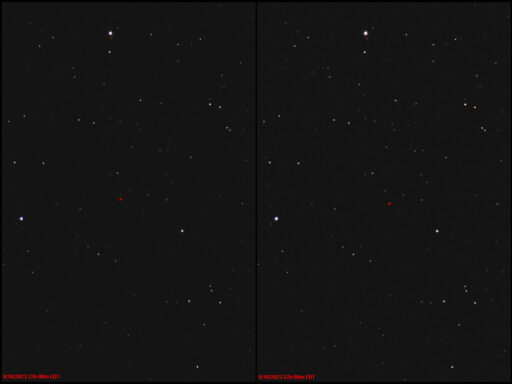
Recent Comments